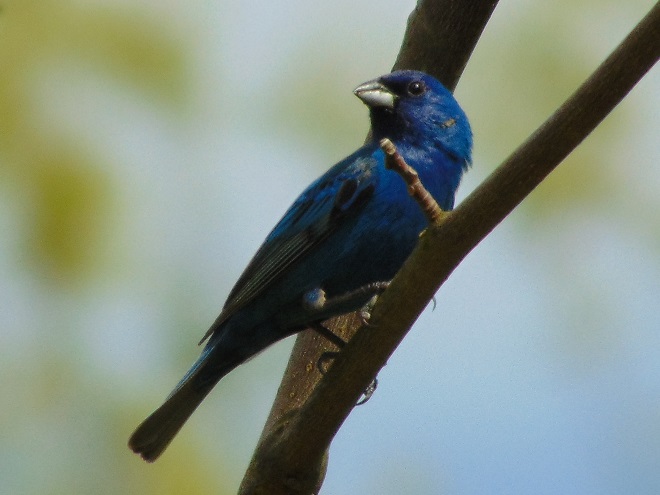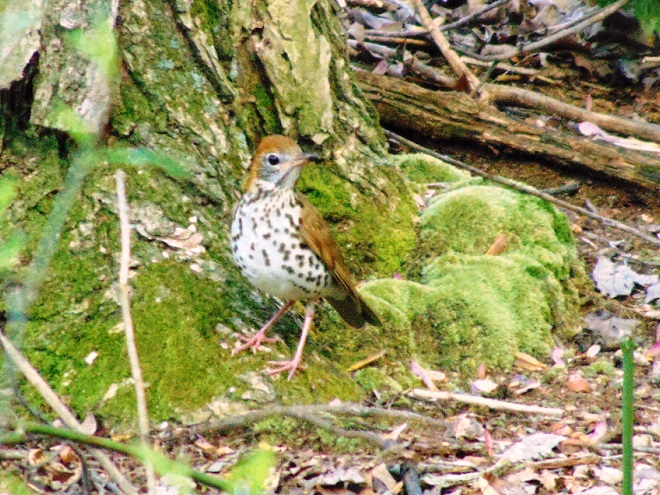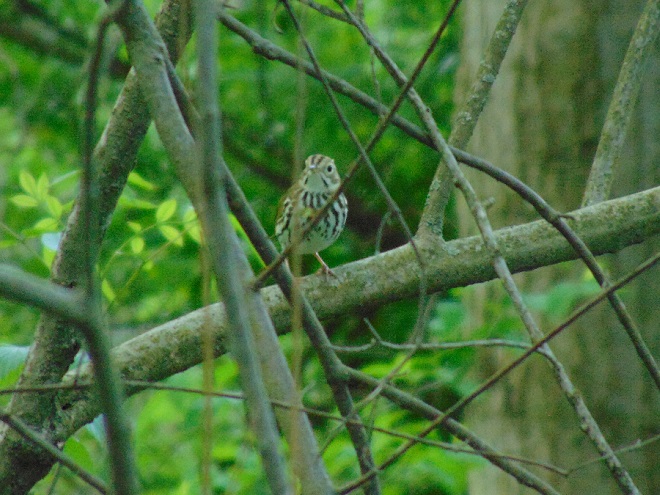As waves of wet weather persistently roll through the Lower Susquehanna River Watershed, the tide of northbound migrants continues. Here are few of today’s highlights…






LIFE IN THE LOWER SUSQUEHANNA RIVER WATERSHED
A Natural History of Conewago Falls—The Waters of Three Mile Island
As waves of wet weather persistently roll through the Lower Susquehanna River Watershed, the tide of northbound migrants continues. Here are few of today’s highlights…





To pass the afternoon, we sat quietly along the edge of a pond created recently by North American Beavers (Castor canadensis). They first constructed their dam on this small stream about five years ago. Since then, a flourishing wetland has become established. Have a look.

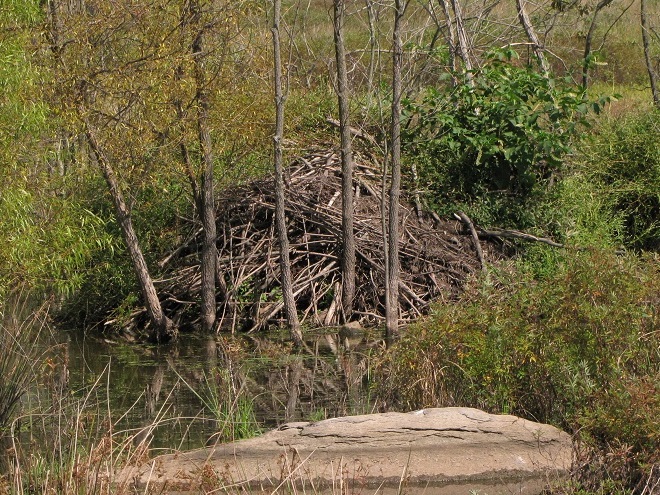
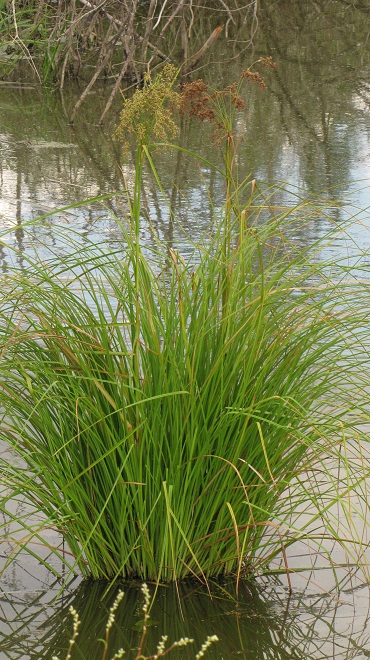
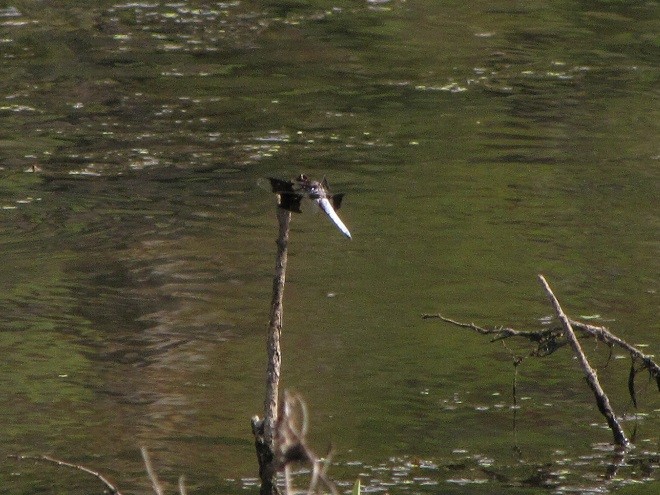
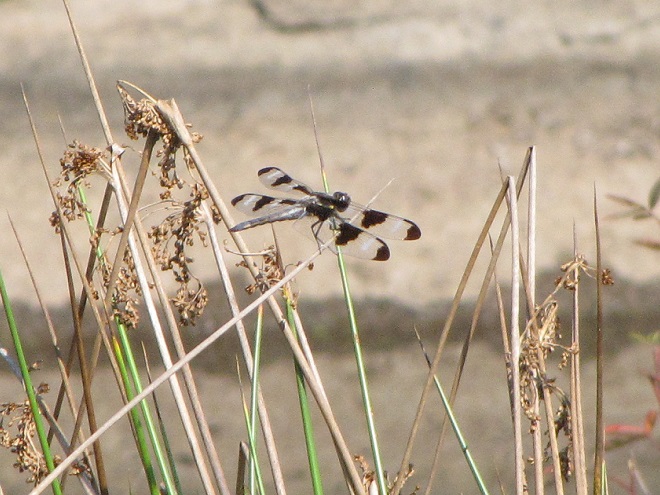
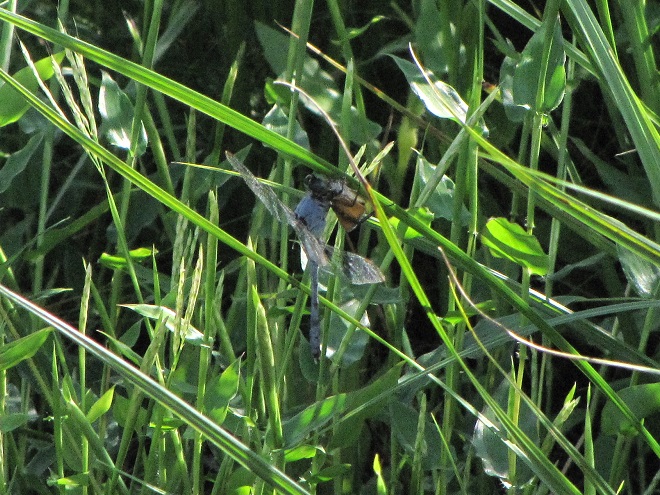
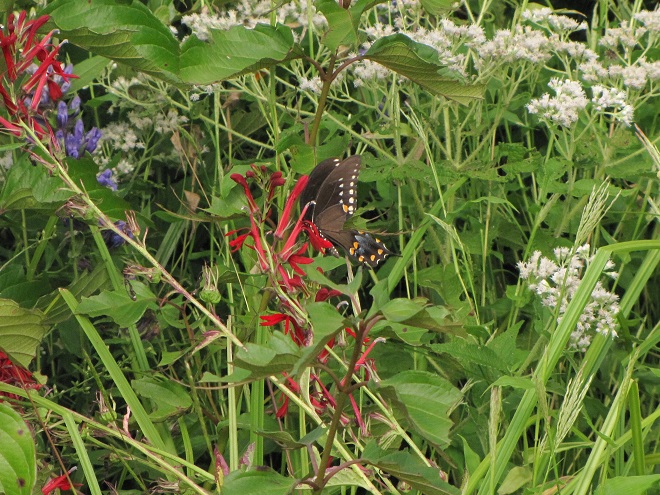
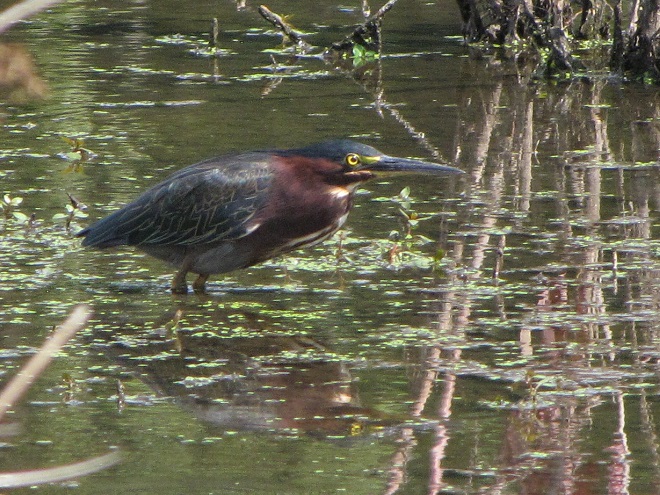
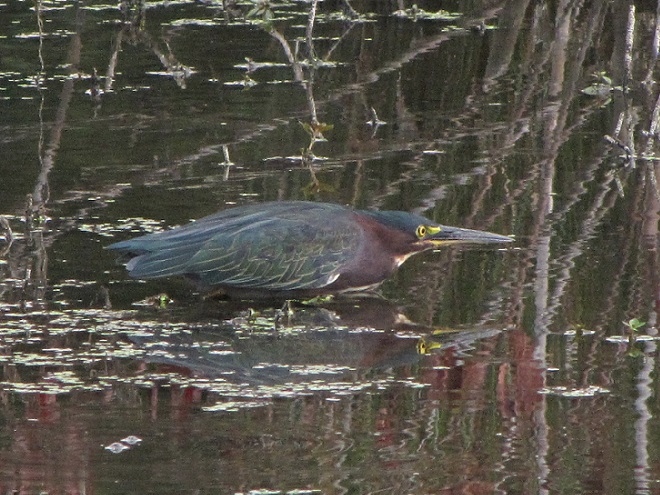
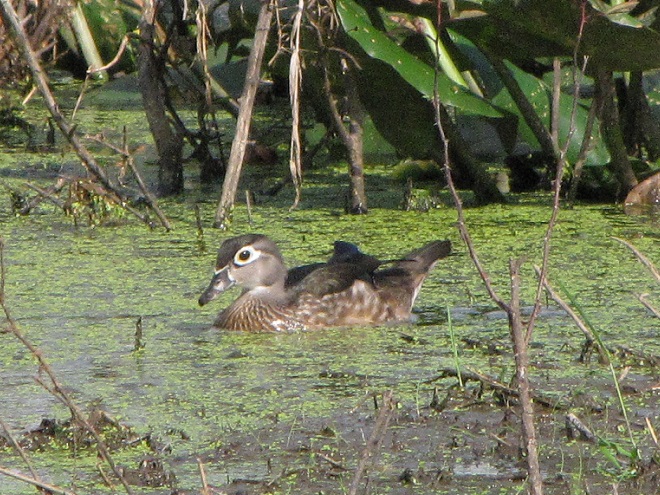
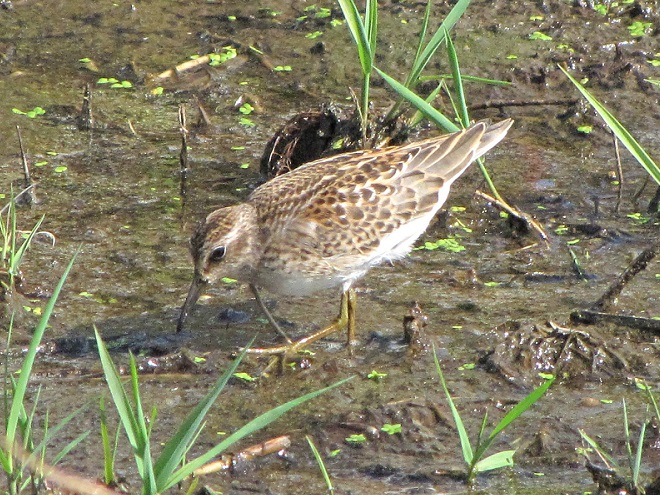
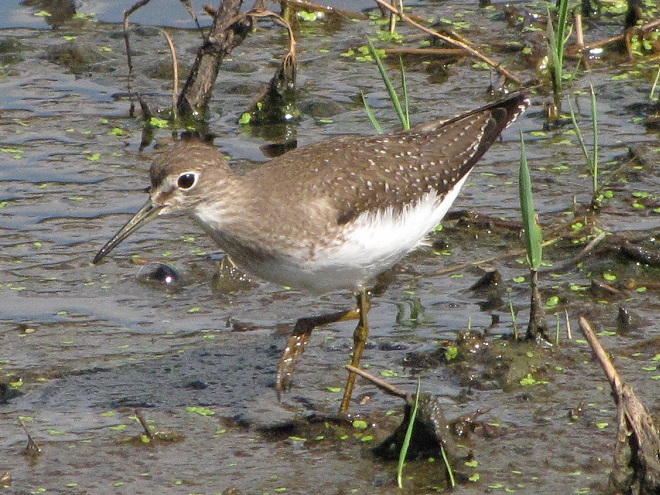
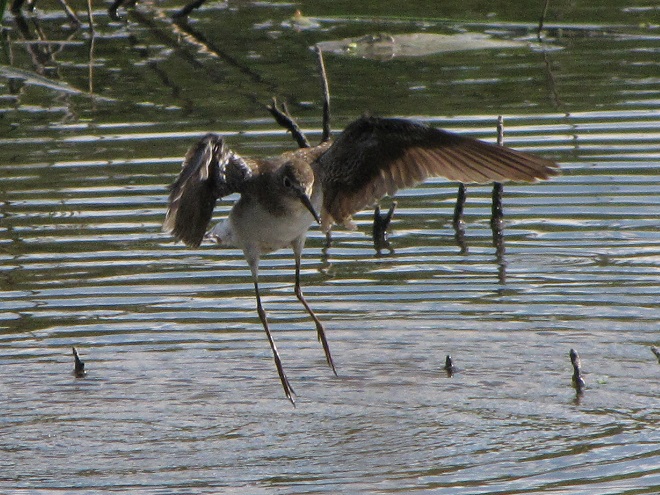
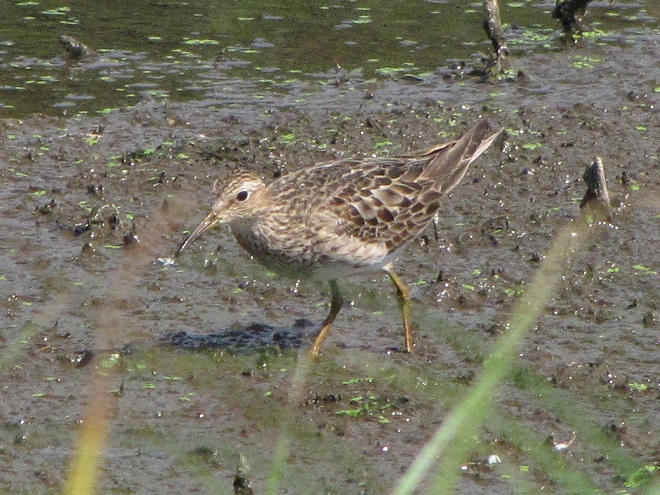
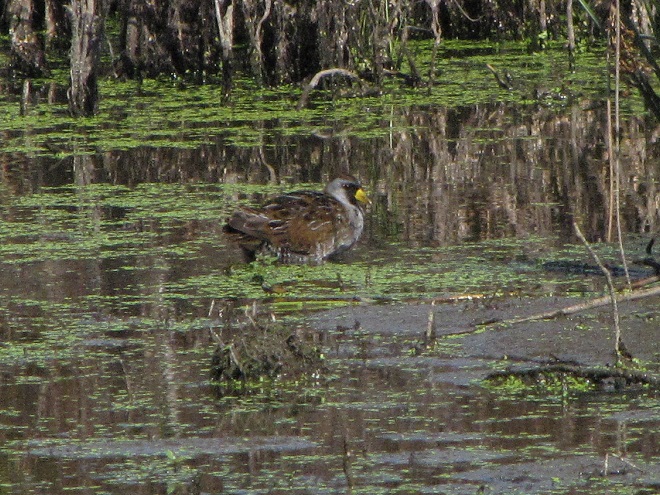
Isn’t that amazing? North American Beavers build and maintain what human engineers struggle to master—dams and ponds that reduce pollution, allow fish passage, and support self-sustaining ecosystems. Want to clean up the streams and floodplains of your local watershed? Let the beavers do the job!
At Lake Redman just to the south of York, Pennsylvania, a draw down to provide drinking water to the city while maintenance is being performed on the dam at neighboring Lake Williams, York’s primary water source, has fortuitously coincided with autumn shorebird migration. Here’s a sample of the numerous sandpipers and plovers seen today on the mudflats that have been exposed at the southeast end of the lake…
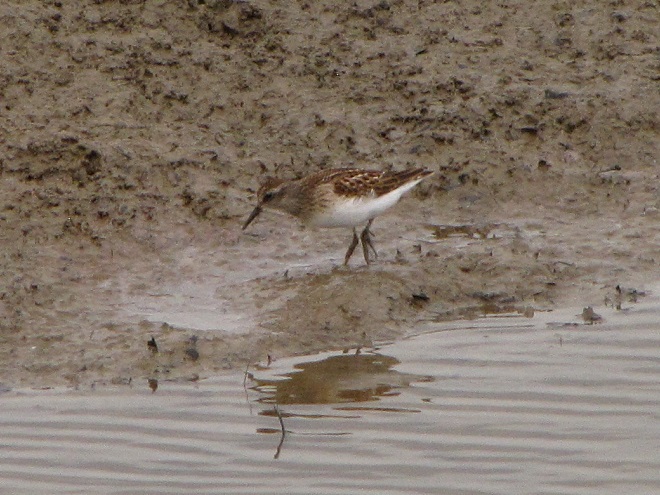
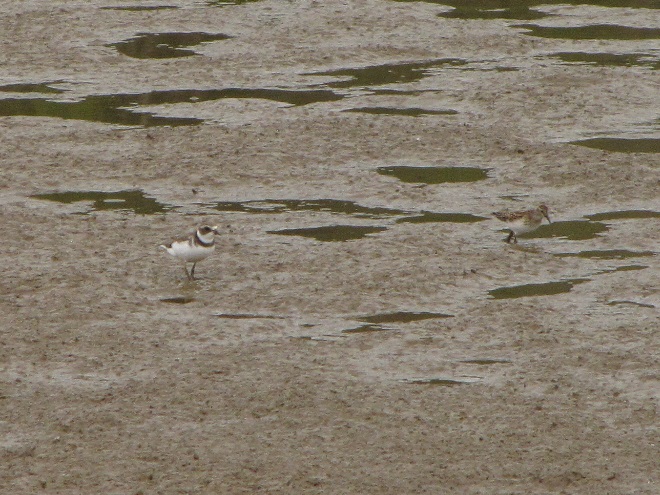
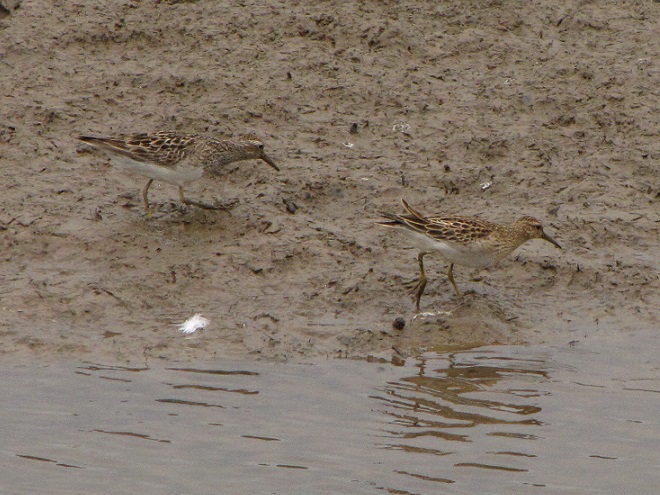
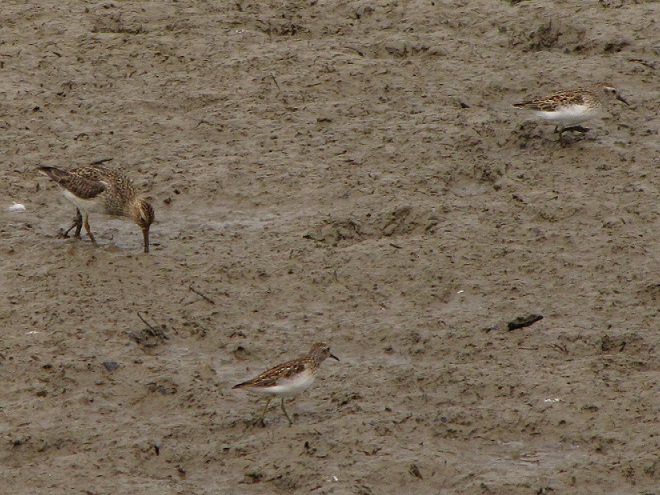
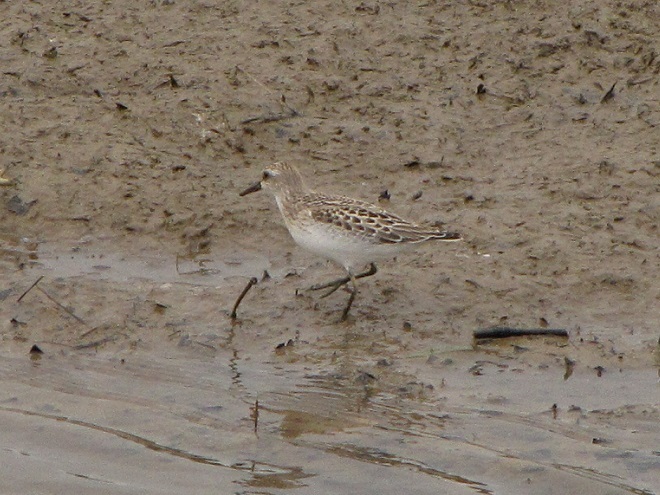
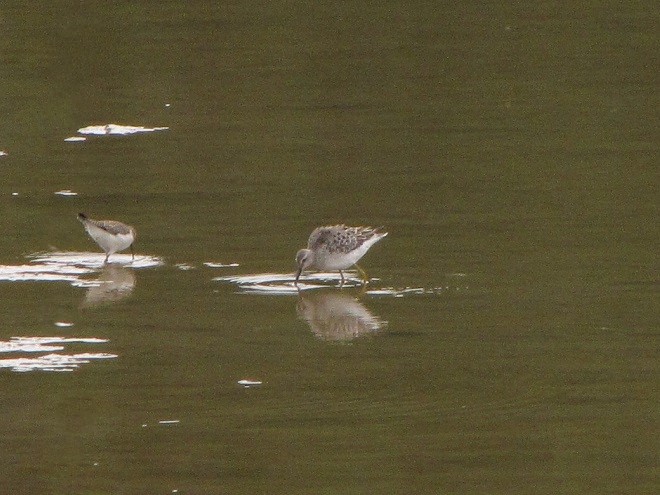
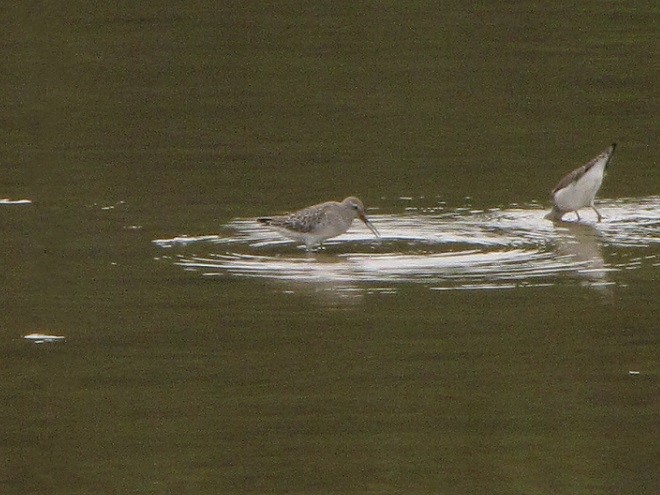
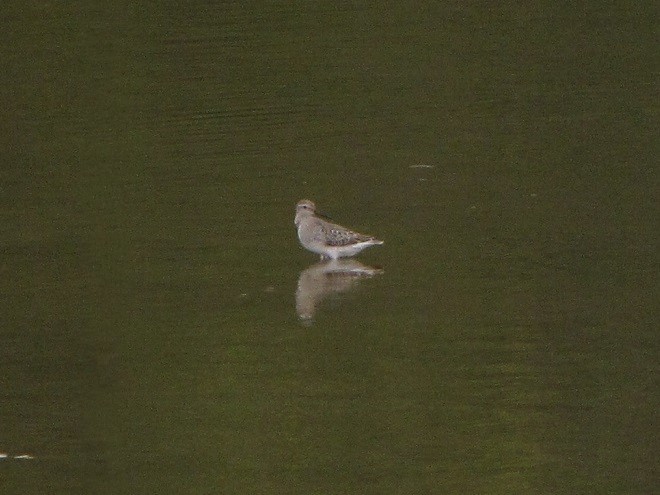
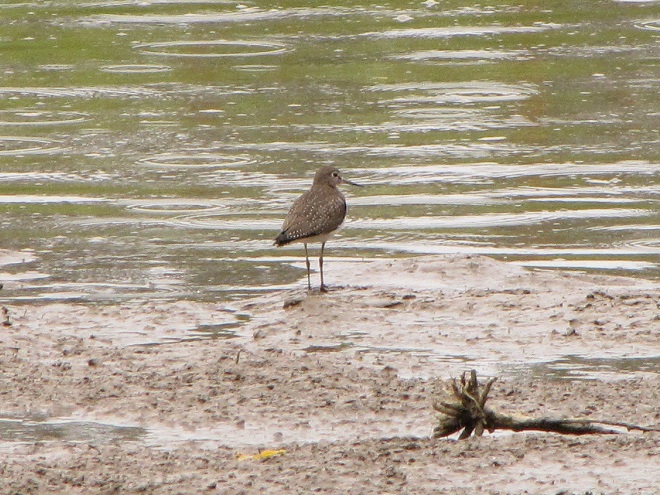
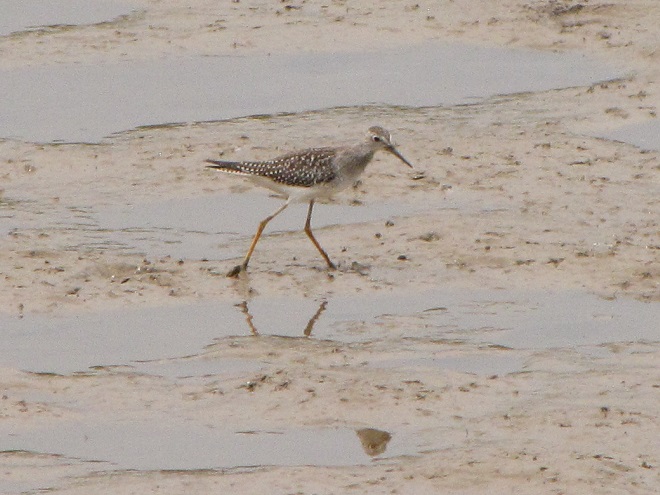
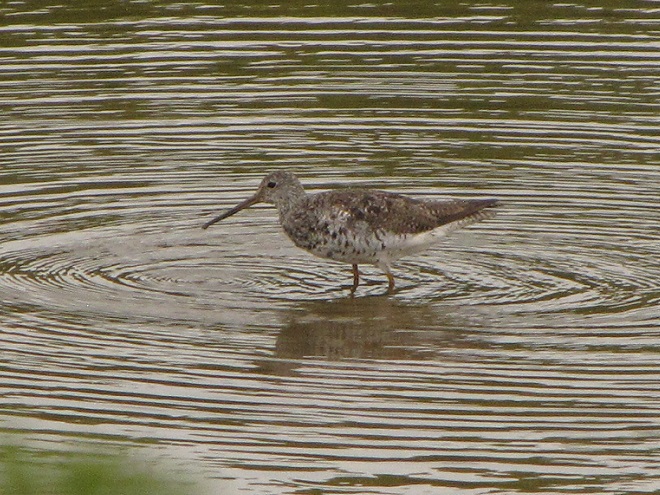
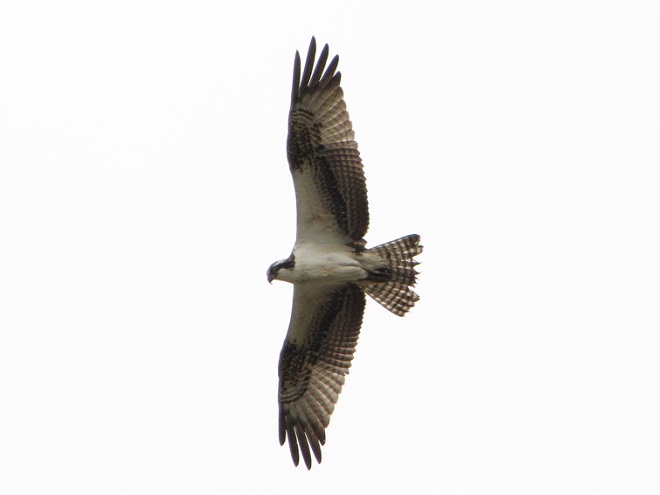
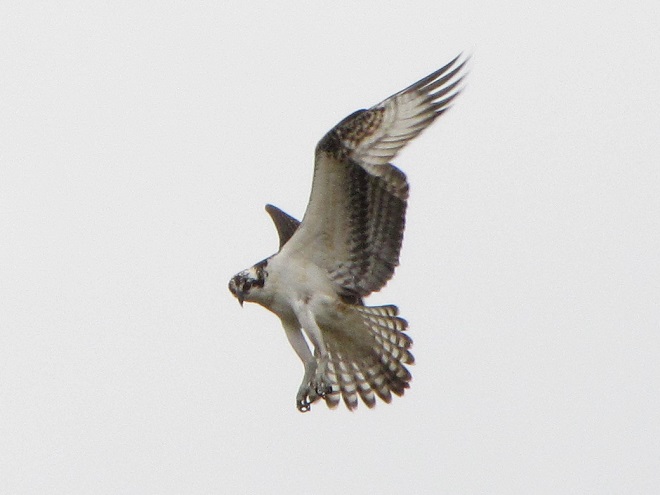
Not photographed but present at Lake Redman were at least two additional species of shorebirds, Killdeer and Spotted Sandpiper—bringing the day’s tally to ten. Not bad for an inland location! It’s clearly evident that these waders overfly the lower Susquehanna valley in great numbers during migration and are in urgent need of undisturbed habitat for making stopovers to feed and rest so that they might improve their chances of surviving the long journey ahead of them. Mud is indeed a much needed refuge.
You’ll want to go for a walk this week. It’s prime time to see birds in all their spring splendor. Colorful Neotropical migrants are moving through in waves to supplement the numerous temperate species that arrived earlier this spring to begin their nesting cycle. Here’s a sample of what you might find this week along a rail-trail, park path, or quiet country road near you—even on a rainy or breezy day.
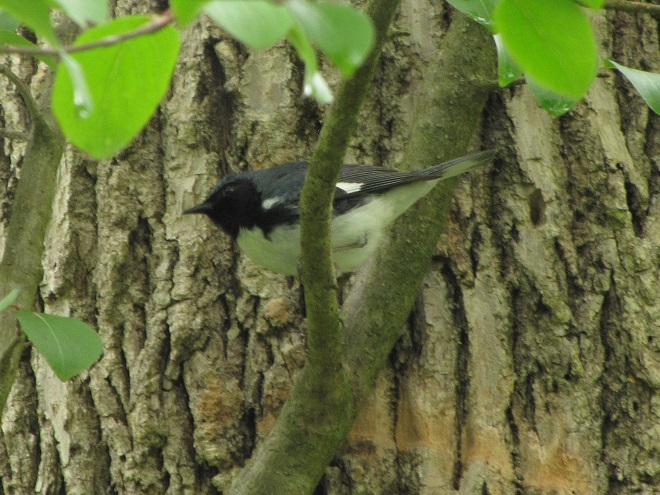
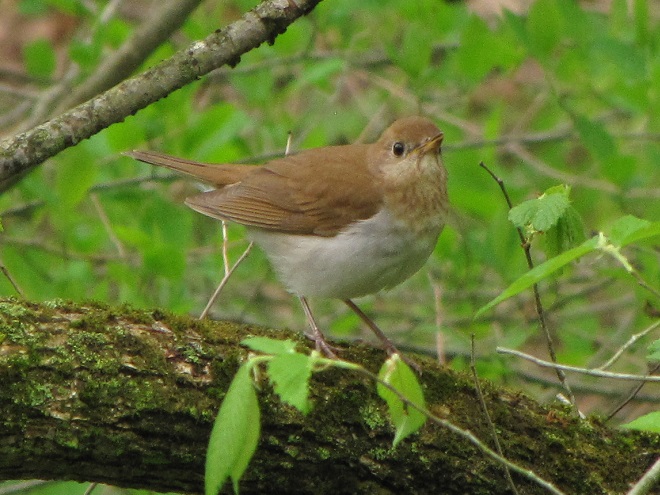
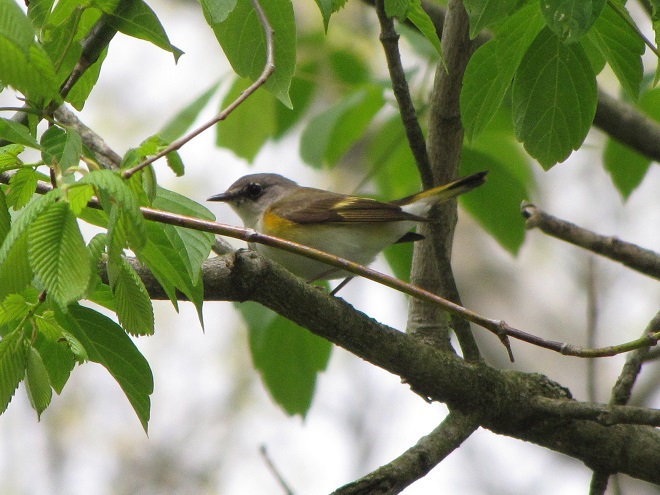
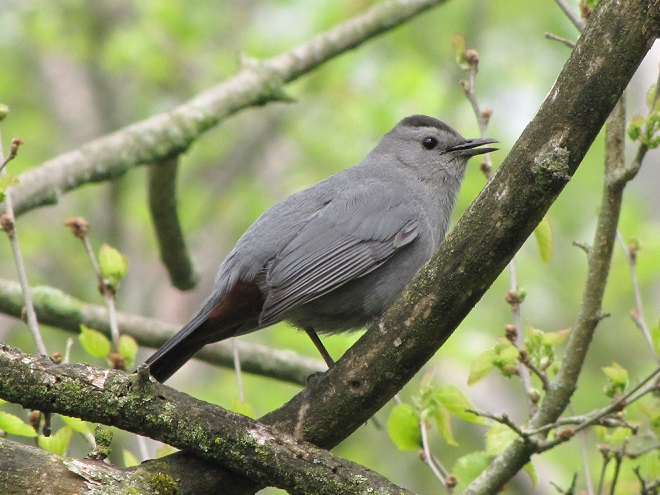
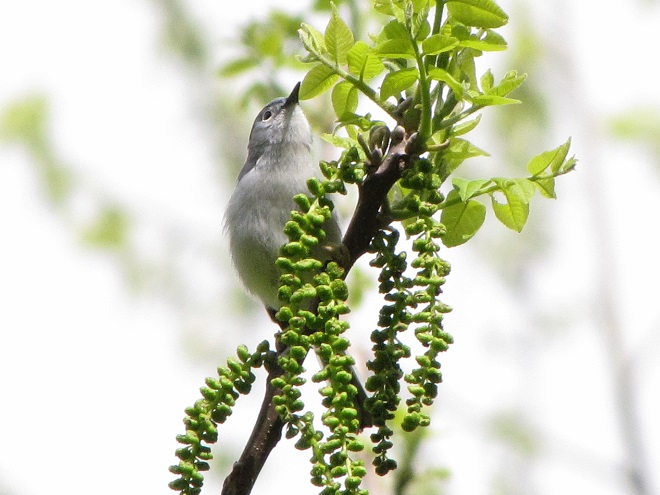
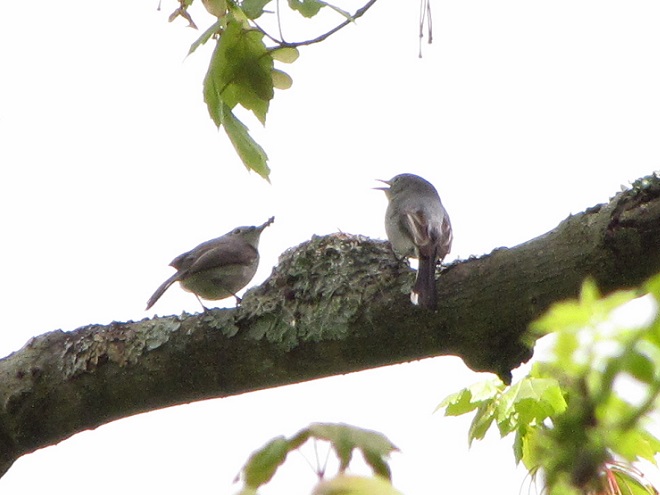
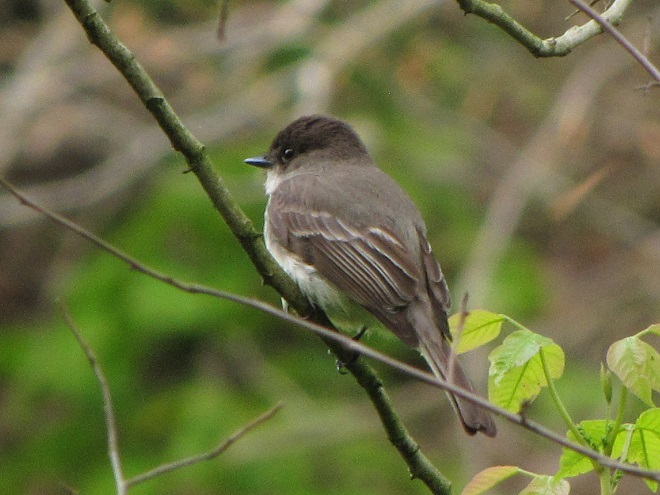
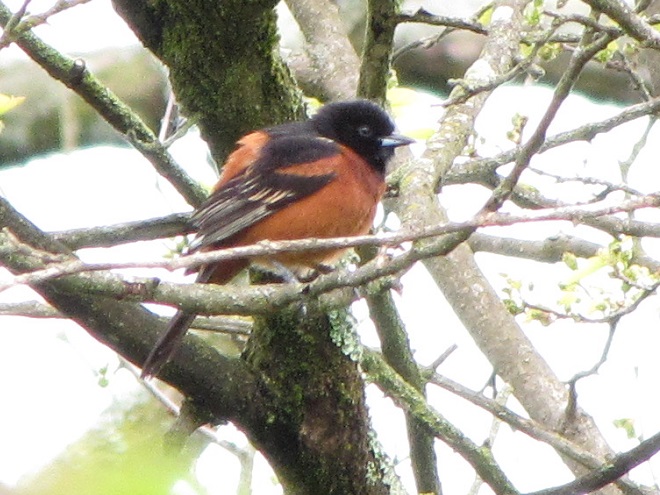
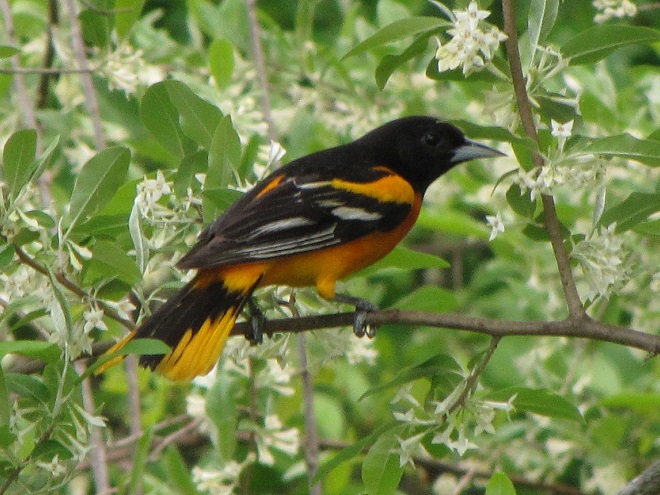
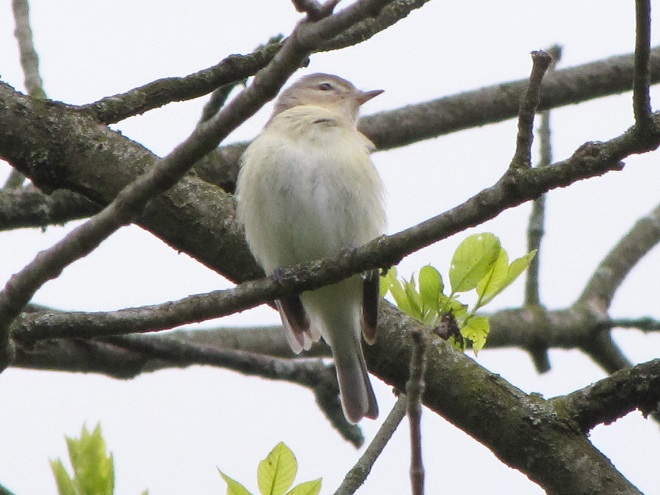
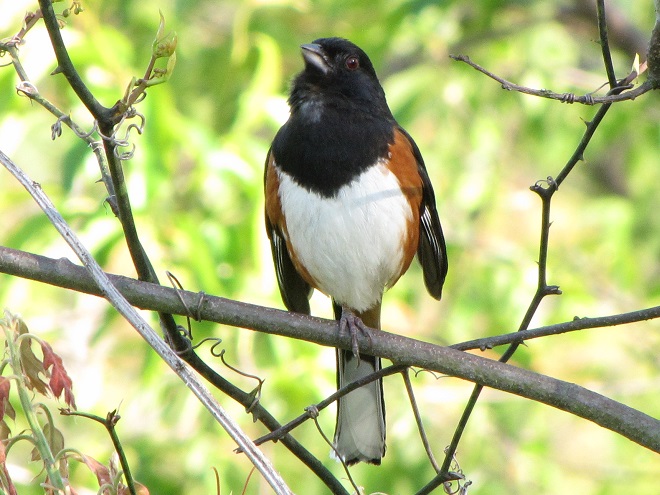
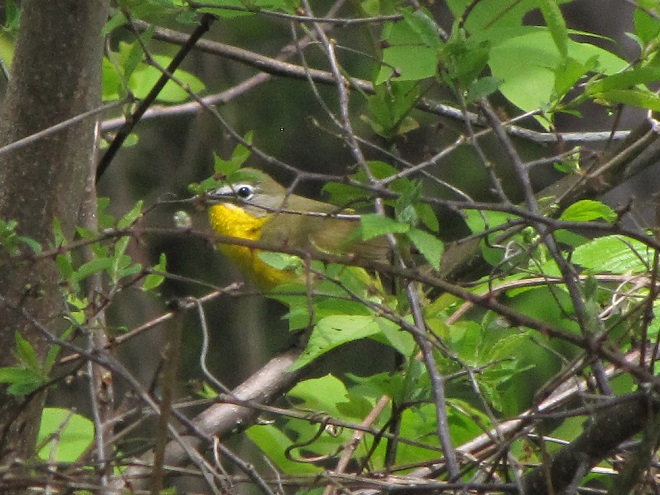
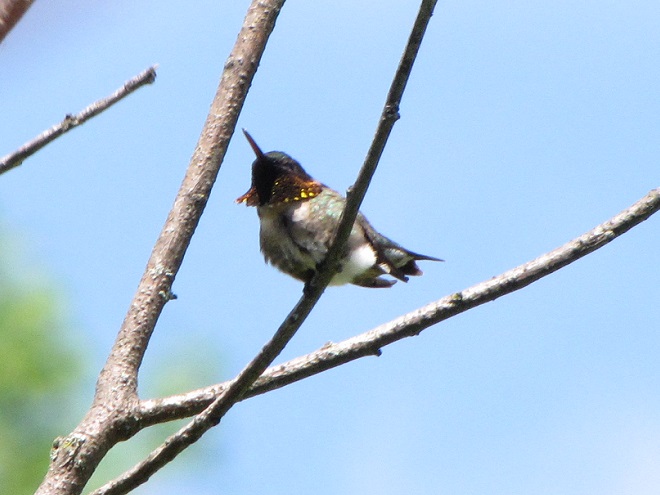
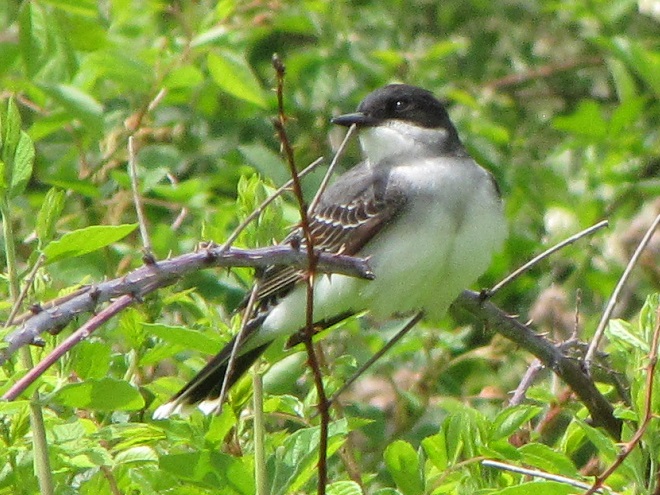
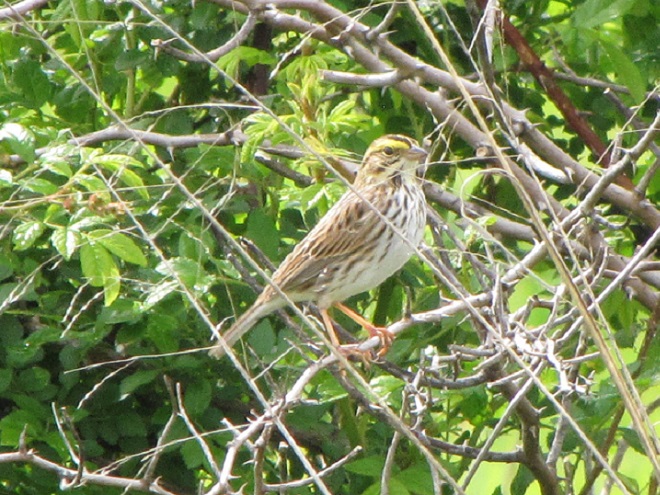
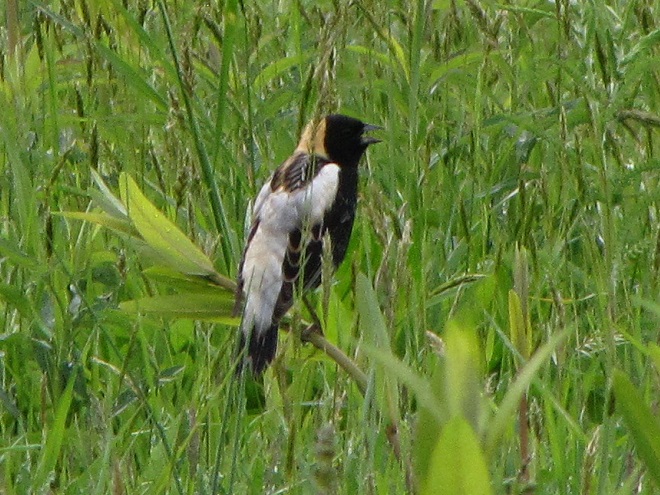
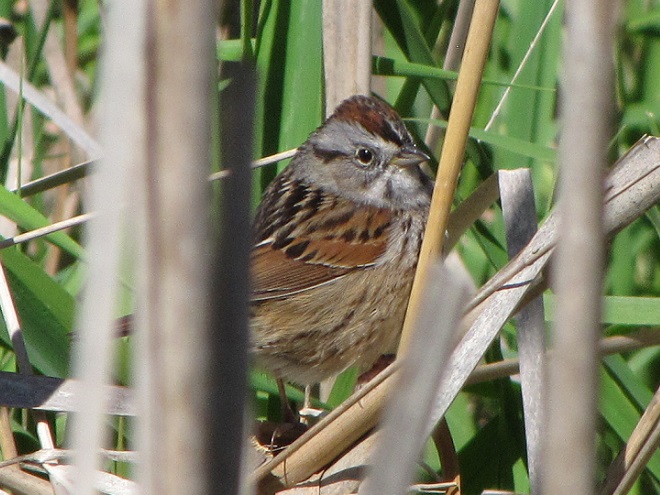
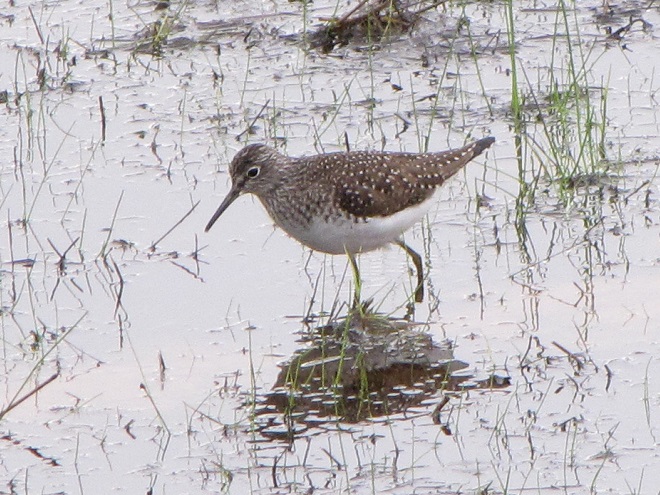
After nearly a full week of record-breaking cold, including two nights with a widespread freeze, warm weather has returned. Today, for the first time this year, the temperature was above eighty degrees Fahrenheit throughout the lower Susquehanna region. Not only can the growing season now resume, but the northward movement of Neotropical birds can again take flight—much to our delight.
A rainy day on Friday, May 8, preceded the arrival of a cold arctic air mass in the eastern United States. It initiated a sustained layover for many migrating birds.
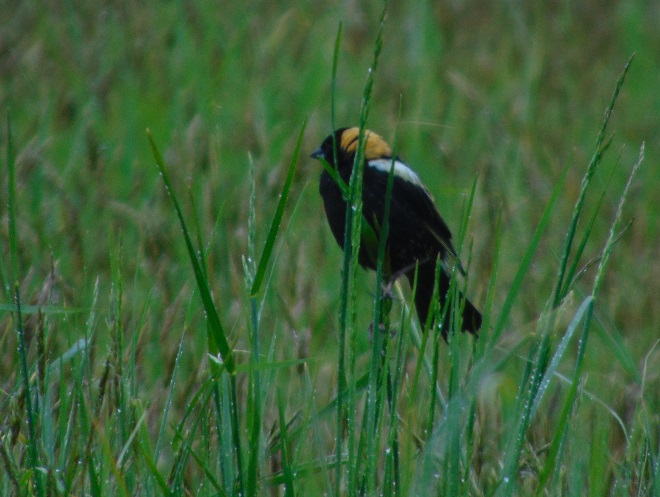
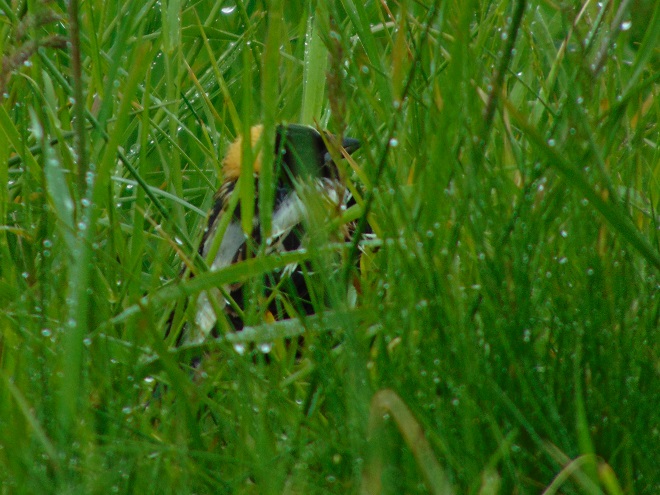
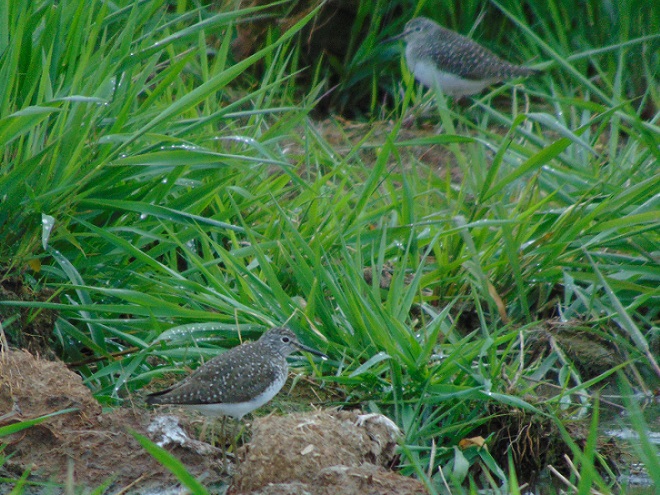
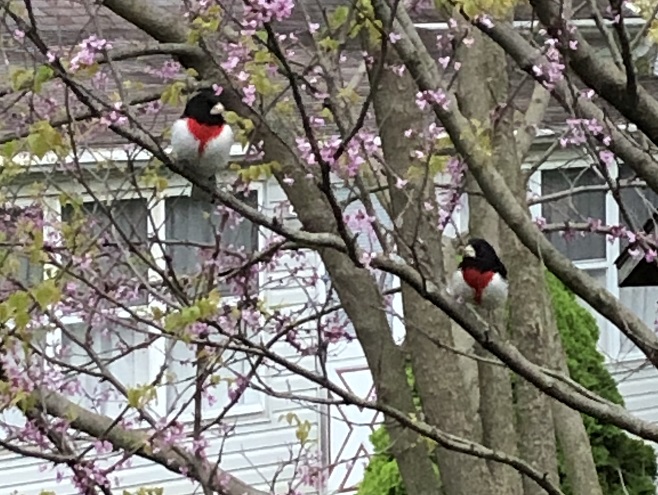
Freeze warnings were issued for five of the next six mornings. The nocturnal flights of migrating birds, most of them consisting of Neotropical species by now, appeared to be impacted. Even on clear moonlit nights, these birds wisely remained grounded. Unlike the more hardy species that moved north during the preceding weeks, Neotropical birds rely heavily on insects as a food source. For them, burning excessive energy by flying through cold air into areas that may be void of food upon arrival could be a death sentence. So they wait.

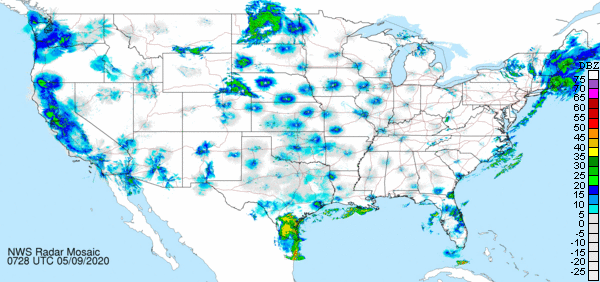
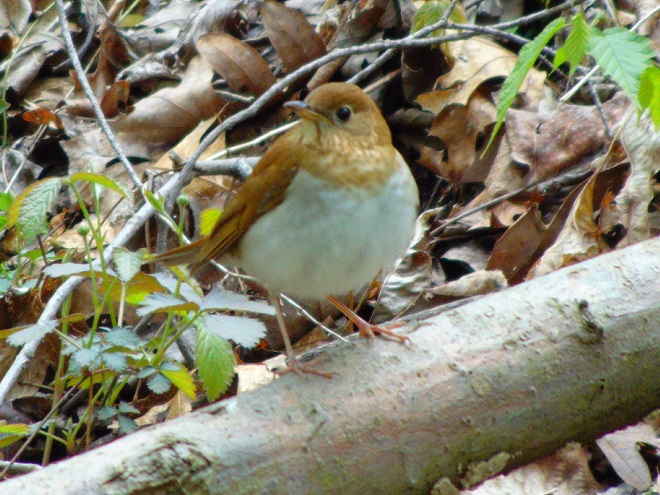
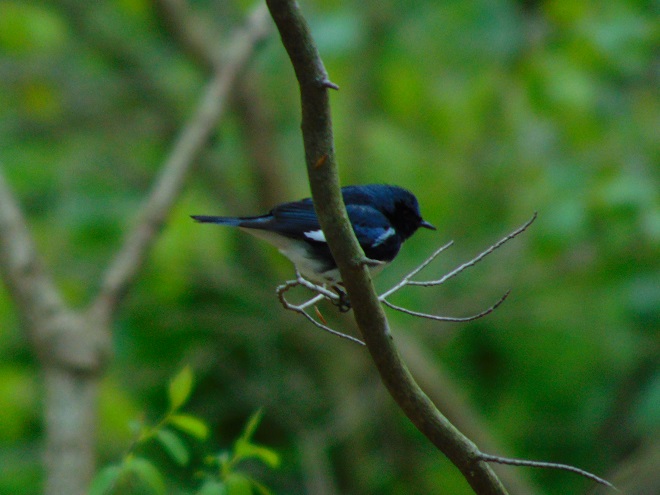
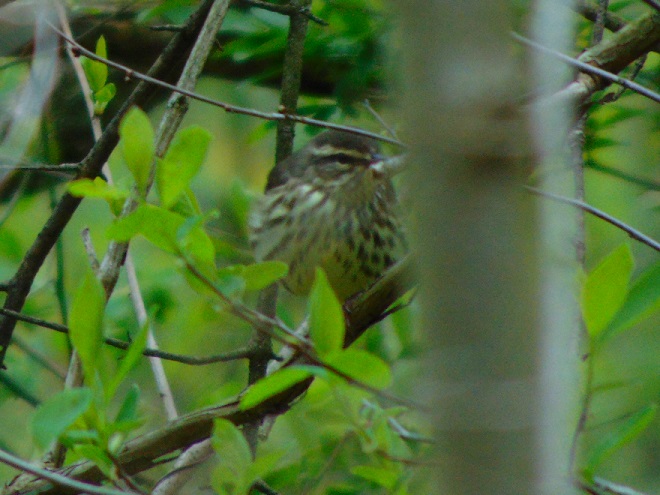
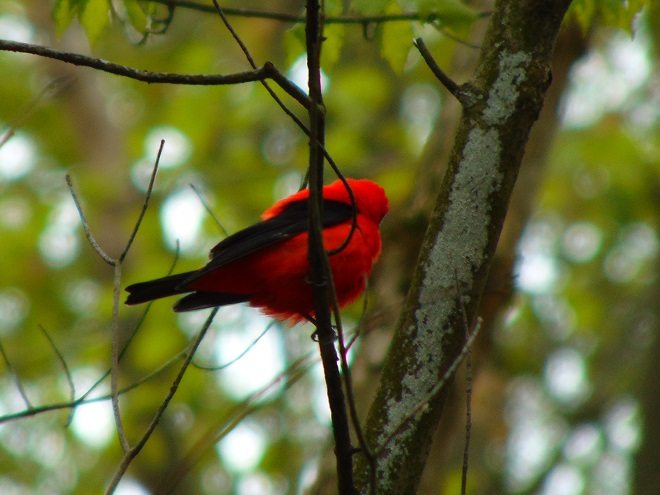
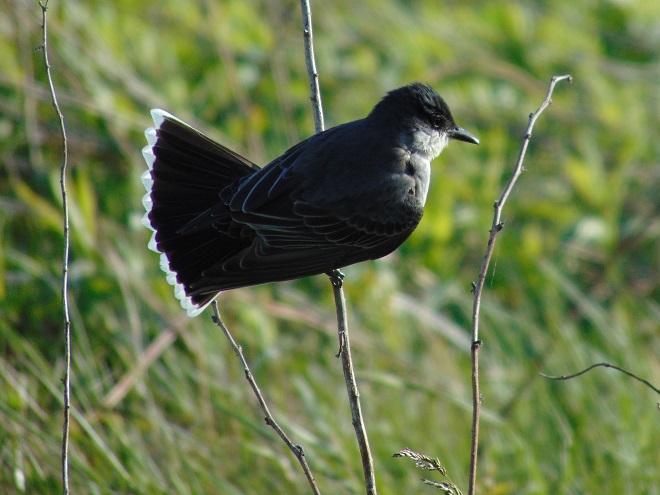
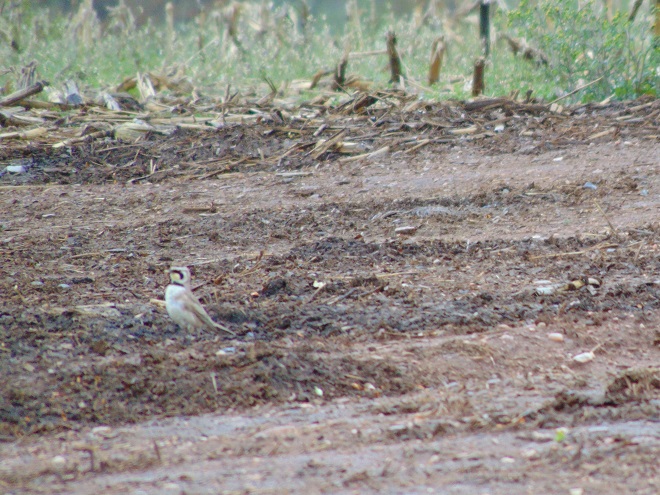
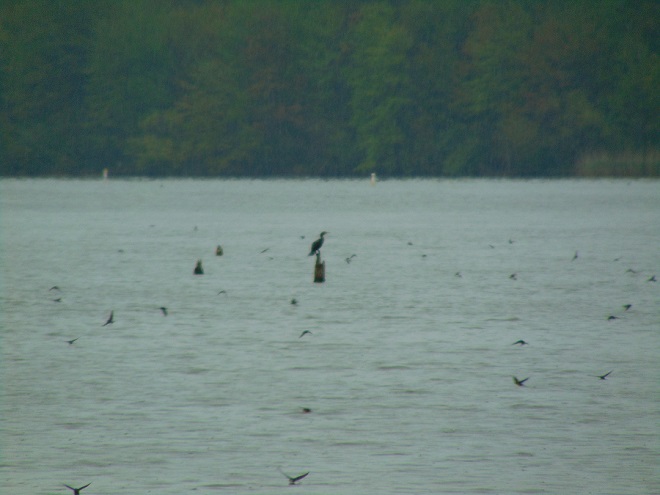


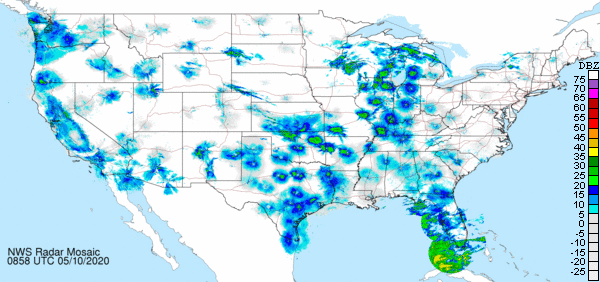

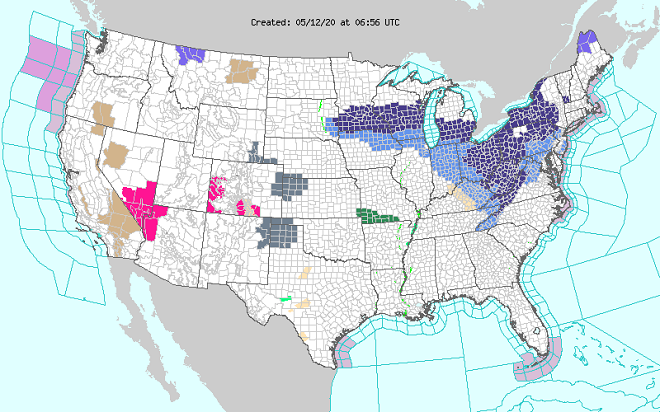
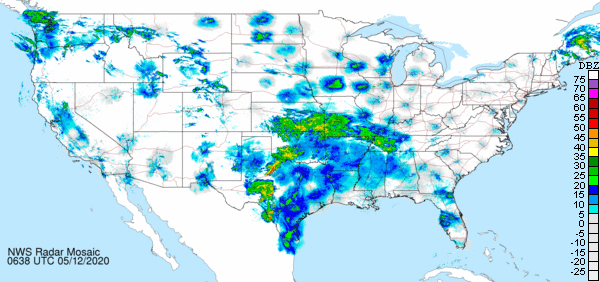
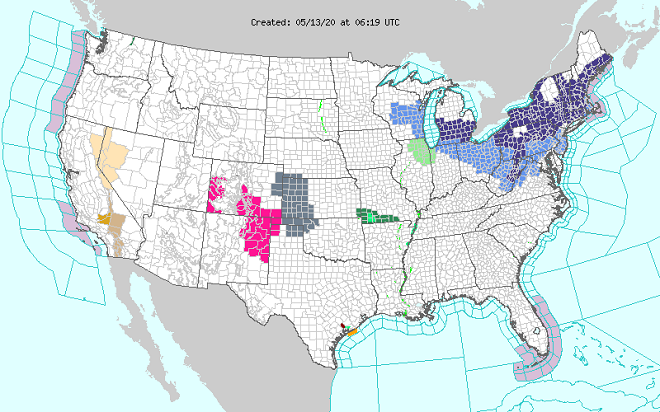
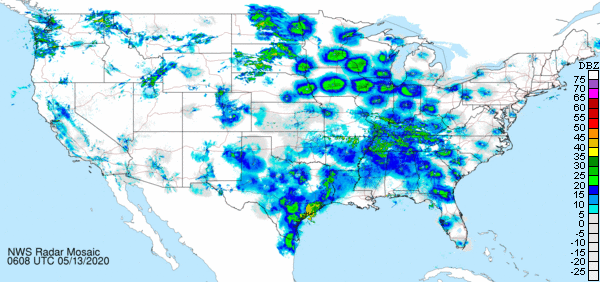
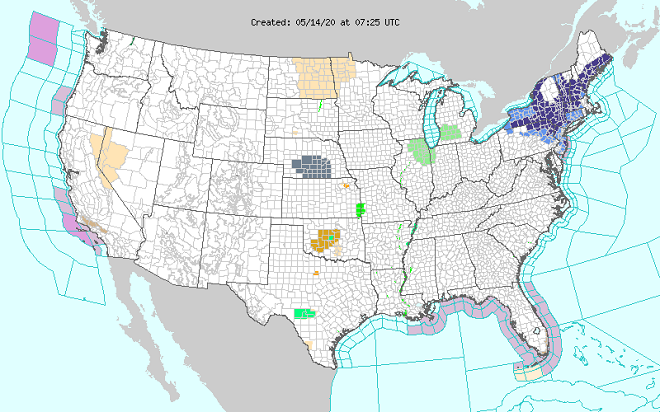

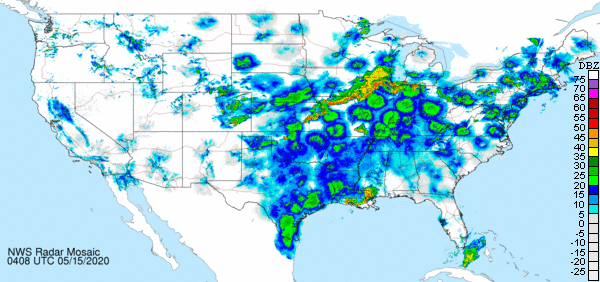
Today throughout the lower Susquehanna region, bird songs again fill the air and it seems to be mid-May as we remember it. The flights have resumed.
